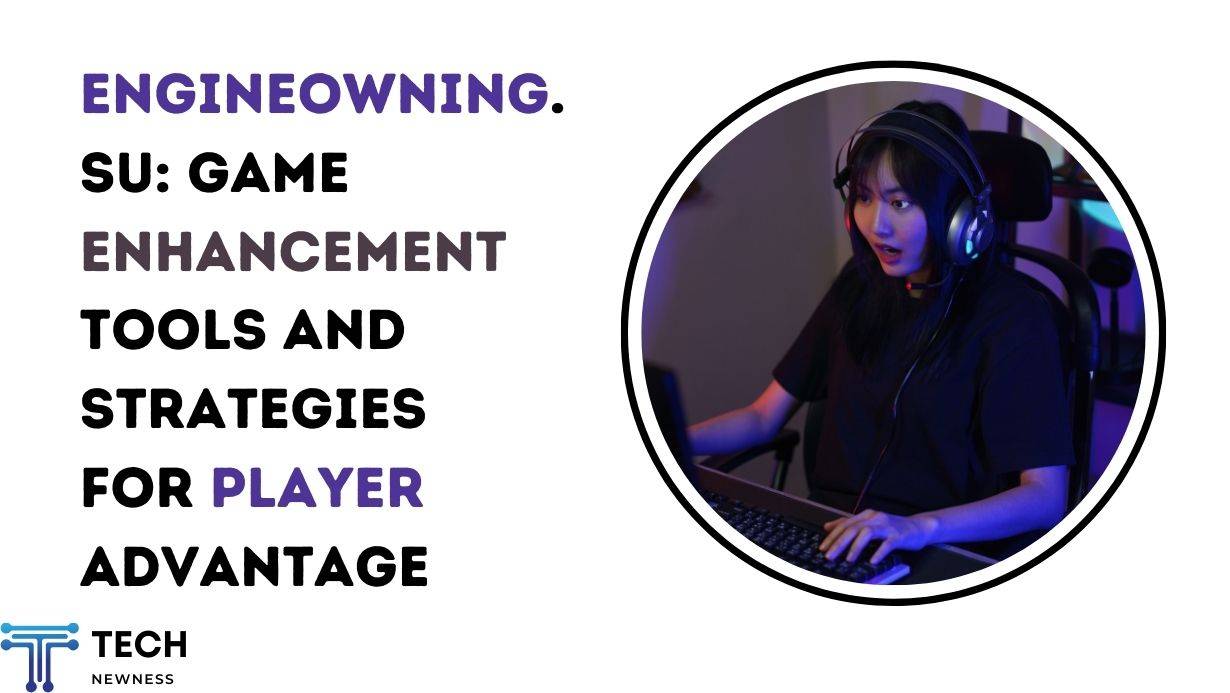The 2×2 Rubik’s Cube, often called the Rubik’s Pocket Cube, is a simplified version of its larger 3×3 counterpart. Despite its smaller size, it presents a unique challenge that has captivated puzzle enthusiasts worldwide. Learning how to solve a 2×2 Rubik’s Cube is not only a fun pastime but also helps to develop problem-solving skills and spatial awareness.
This guide will walk you through the process of solving the Rubik 2×2, breaking it down into manageable steps. We’ll start by explaining the cube’s structure and basic movements. Then, we’ll move on to solving the first layer, followed by completing the second layer. By the end of this guide, you’ll have the knowledge to tackle this pocket-sized puzzle with confidence.
Table of Contents
Understanding the 2×2 Cube
The 2×2 Rubik’s Cube, also known as the Pocket Cube, is a simplified version of its 3×3 counterpart. It consists of eight corner pieces, each with three colored stickers. Unlike the 3×3 cube, there are no edge or center pieces. The cube has six faces, represented by the letters R (right), L (left), U (up), D (down), F (front), and B (back). To solve a 2×2 Rubik’s Cube, it’s crucial to understand the basic moves and notation. A clockwise turn of a face is denoted by the corresponding letter, while a counterclockwise turn is indicated by an apostrophe (e.g., R’). A 180-degree turn is represented by a “2” after the letter (e.g., U2). Familiarizing yourself with these notations will help you follow algorithms and solve the cube more efficiently. Remember, the goal is to have each face display a single color when the puzzle is solved.
Solving the First Layer
To solve the first layer of a 2×2 Rubik’s Cube, one should start by choosing a color to work with. While white is commonly used, any color can be the starting point. The goal is to create a solid face of one color with matching side colors.
To begin, locate a corner piece of the chosen color and place it at the bottom. Then, find another piece of the same color in the top layer and align it above its correct position. Use the algorithm R U R’ or F’ U’ F to insert the piece into place. This process is similar to solving corners on a 3×3 cube.

Repeat this step for the remaining two corners, always ensuring that the side colors match. If a piece is in the correct position but wrongly oriented, use D’ R D to move it to the bottom layer, then reinsert it correctly.
With practice, solving the first layer becomes intuitive. Remember, the key is to match both the face color and the side colors for each corner piece.
Completing the Second Layer
After solving the first layer, the focus shifts to the second layer of the 2×2 Rubik’s Cube. To begin, turn the cube upside down so that the solved layer is on the bottom. The goal is to orient the last layer pieces correctly. Start by identifying how many pieces are in their correct positions. If no pieces are correct, turn the top layer to get at least one in the right spot. Hold this piece in the front-right position.
Next, perform the algorithm: R U R’ U R U2 R’. This sequence may need to be repeated multiple times until all pieces are correctly positioned. Remember, at this stage, the orientation of the pieces doesn’t matter; only their position is important. If two pieces are correct but diagonal from each other, hold any piece in the front-right position before applying the algorithm.
Once all pieces are in their correct positions, the final step is to orient them properly to solve the 2×2 Rubik’s Cube completely.
Conclusion
Mastering the 2×2 Rubik’s Cube is a journey that combines logical thinking with spatial awareness. This guide has walked you through the essential steps to solve this pocket-sized puzzle, from understanding its structure to completing the final layer. By breaking down the process into manageable parts, what once seemed daunting becomes an achievable goal.
As you practice these techniques, you’ll find that solving the 2×2 cube becomes more intuitive. This skill not only provides a sense of accomplishment but also has an impact on your problem-solving abilities in other areas. Whether you’re looking to challenge yourself or impress your friends, the 2×2 Rubik’s Cube offers a fun and portable way to keep your mind sharp and engaged.
FAQs
What are the basic steps to solve a 2×2 Rubik’s Cube for a beginner?
Solving a 2×2 Rubik’s Cube involves learning a few basic movements and algorithms. Beginners can typically learn these steps and solve the cube with some practice.
Can you solve a Rubik’s Cube in just two moves if you’re a beginner?
No, solving a Rubik’s Cube in just two moves is not feasible for beginners. Solving the cube generally requires a series of steps and movements that are learned over time.
Is a 2×2 Rubik’s Cube easier to solve than other types?
Yes, the 2×2 Rubik’s Cube is considered easier to solve than the 3×3 version. With practice, you can solve it in under a minute. Learning finger tricks and advanced methods can further improve your speed.
Between a 2×2 and a 3×3, which Rubik’s Cube is simpler to solve?
The 2×2 Rubik’s Cube is easier to solve compared to the 3×3. This is because the 2×2 Cube is essentially a 3×3 without the edge or center pieces, making it less complex. Additionally, algorithms used in solving a 3×3 can also be applied to the 2×2, facilitating the learning process.
See Also: How to Find and Play Retro Bowl Unblocked Games 66 Online





